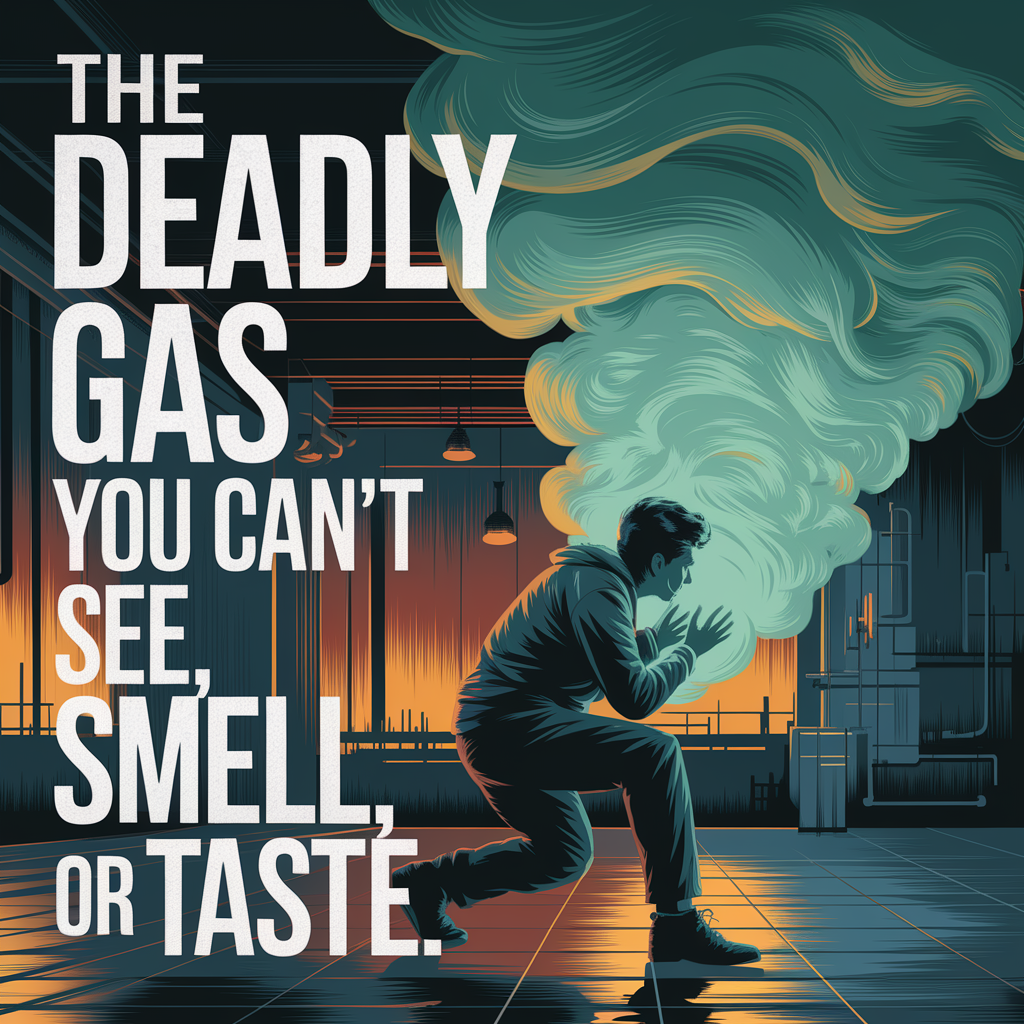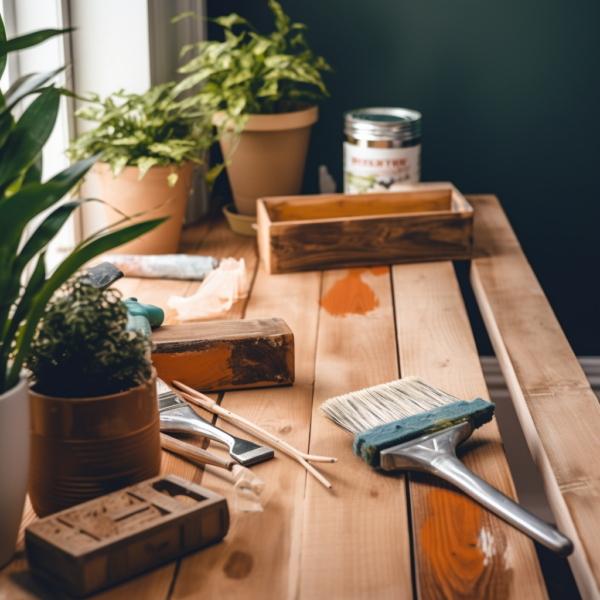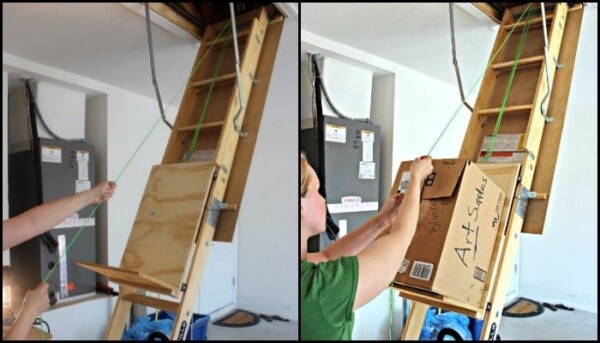
The Silent Killer: What Makes Carbon Monoxide So Dangerous
You can’t see it. You can’t smell it. You can’t taste it. Yet every year, carbon monoxide (CO) quietly slips into homes and garages across America—and far too often, it kills. Known as the silent killer, carbon monoxide is responsible for more than 400 deaths and over 100,000 emergency room visits annually in the U.S. alone.
The terrifying thing? Most people don’t even realize it’s building up in their home until it’s too late.
Unlike a natural gas leak, which gives off a sulfur or rotten egg smell (more on that right here 🧪), carbon monoxide is undetectable without a proper CO detector. That’s why understanding the causes, symptoms, and prevention methods isn’t just smart—it could be life-saving.
Where Carbon Monoxide Comes From in the Home
Let’s break down exactly where CO tends to come from so you know what to check first:
- Gas Furnaces & Boilers
Poor ventilation or damaged heat exchangers in your furnace can lead to CO leaks—especially if you haven’t had your system checked in a while. - Water Heaters
If you have a gas-powered heater, especially an older model, be alert. Learn how to troubleshoot yours in this water heater guide 🔧. - Fireplaces & Wood Stoves
When chimneys or flues are clogged, carbon monoxide can backdraft right into your living room. Make sure everything is properly vented before lighting up. - Garages & Vehicles
Running a car in a closed garage—even for a few minutes—can flood the space with deadly gas. Always pull the car out before warming it up in cold weather. - Portable Generators & Heaters
Never use these indoors or even in a closed-off shed. They pump out CO like crazy.
Want to dive deeper into the root causes? Check out what causes carbon monoxide poisoning in a home 🏠 for a full breakdown.
Early Signs of a CO Leak You Might Miss
You may not have a CO detector going off (yet), but your body might be trying to tell you something is wrong.
Here’s what to watch for:
- Persistent headaches or pressure in your temples
- Dizziness or feeling lightheaded for no reason
- Nausea that seems like food poisoning or flu—but isn’t
- Shortness of breath, especially in the elderly or kids
- Fatigue that doesn’t match your activity level
- Blurred vision or confusion
These are all carbon monoxide poisoning symptoms—and they can escalate fast. Some families report everyone in the house coming down with “a strange flu” at the same time… only to discover the issue was carbon monoxide.
If your symptoms improve when you leave the house and return when you’re home, that’s a giant red flag. Here’s how to identify a CO leak before it’s too late 🚨 so you don’t second-guess it.
Winter Is the Prime Time for Carbon Monoxide Dangers
There’s a reason carbon monoxide deaths spike in the winter: more heating appliances running, less ventilation, and blocked exhaust paths from snow or ice.
Here’s what winter CO threats look like:
- Snowed-in exhaust pipes: Your dryer vent, furnace flue, or chimney cap can get packed with snow and ice, which blocks ventilation. This causes CO to flow back inside your home. Learn more in this cold-weather warning ❄️.
- Running vehicles in the garage: Remote start is convenient, but it can kill if you don’t open the garage door first.
- Portable heaters: Using gas or kerosene heaters without ventilation is a major risk.
And don’t forget—condensation on windows in winter can indicate poor airflow, which also raises your CO risk.
How to Prevent Carbon Monoxide Poisoning the Right Way
Stopping CO leaks before they happen isn’t about doing one thing—it’s about layering smart prevention. And trust me, once you’ve seen what carbon monoxide poisoning can do, you’ll want every layer in place.
Here’s how to protect your family starting today:
- Install carbon monoxide detectors on every floor
Place them near bedrooms, by the garage, and in the basement or utility room if that’s where your water heater or furnace lives. These should be battery-backed and tested monthly. Don’t rely on smoke alarms alone—most don’t detect CO. - Vent everything properly
Chimneys, exhaust flues, dryer vents—these must be kept clean and unblocked. Snow or ice covering exhaust points can quietly fill your home with CO. A blocked vent isn’t just annoying—it can be fatal. - Service gas appliances annually
Hire a professional to inspect your furnace, stove, fireplace, and water heater once a year. If you’re a first-time homeowner 🛠, this is one of those must-do maintenance tasks that often gets skipped. - Never heat your home with a gas oven
Sounds crazy, but people do it. Using a stove for heat can release dangerous levels of CO, especially in smaller homes. - Never run a generator indoors or in your garage
Even cracking a window won’t protect you. Always operate generators at least 20 feet away from the house, with exhaust pointing away from doors and windows.
Want a real-world breakdown of causes and prevention? You’ll love this detailed guide: What causes carbon monoxide poisoning in a home? 🧯
Essential Safety Tools Every Home Needs
Having the right gear in your home isn’t overkill—it’s smart. You don’t have to spend a fortune, either. These few things can literally save your life:
1. Carbon Monoxide Detector
This is the MVP. Go for one that plugs into the wall but also has battery backup. Bonus points if it has a digital readout for low-level alerts. I personally keep one outside each bedroom and one in our utility closet.
2. Natural Gas Detector (If You Use Gas at Home)
CO is odorless, but natural gas leaks (which can also be deadly) often smell like rotten eggs. If you’ve ever noticed that strange sulfur smell 💨, that’s an emergency. Gas detectors offer a separate layer of safety.
3. Proper Ventilation Setup
This means dry venting, open flues, and working exhaust fans. Have you ever dealt with a slow flushing toilet 🚽? That can even point to poor airflow issues. When one system struggles, it’s often a hint that others aren’t venting correctly either.
4. Annual HVAC & Water Heater Inspections
Don’t skimp here. If it burns gas, it needs an annual look. Troubleshooting water heaters can reveal venting issues that may lead to CO exposure. Always check for corrosion, disconnected vent pipes, or rust at joints.
5. Homeowner Knowledge
Reading this article is already a solid start. Want to really get your home in shape? Check out this list of must-know tasks to stay ahead of the game.
What to Do Immediately If Your Carbon Monoxide Alarm Goes Off
If your CO detector starts screeching, don’t wait to “see if it stops.” That alarm isn’t just annoying — it’s a warning you might not get twice.
Here’s what to do — right now:
1. Don’t Ignore It — Get Everyone Out
Open all windows and get your family and pets out of the house. Don’t waste time trying to figure it out inside. Move to fresh air.
2. Call 911 or Your Local Fire Department
Tell them your carbon monoxide detector is going off. They may bring special equipment to test your air, or they’ll guide you on next steps based on your symptoms.
3. Don’t Go Back Inside Until It’s Safe
Even if the alarm stops — do not go back inside until you’re cleared to do so. CO levels can spike fast, and symptoms like dizziness or nausea may creep in before you know it.
4. Shut Off Any Gas Appliances (If You Can Safely Reach Them)
This includes your furnace, stove, or water heater. Turn off the gas supply valve only if you can do it safely and without reentering a dangerous area.
This is one of those rare “better safe than sorry” situations. If you’ve got a propane tank, make sure it’s in good shape. Here’s a guide worth bookmarking 👉 Understanding propane safety 🔥
And if you ever notice moisture inside your windows, especially in winter, check this out: What causes condensation on windows? It might point to poor airflow — which can make carbon monoxide buildup even worse.
Real-Life CO Poisoning Cases That Changed Lives Forever
We often think of carbon monoxide poisoning as something that happens to “other people.” But the reality is, it happens to normal families just like yours—and most never saw it coming.
Here are a few close calls and tragedies that make the invisible danger of CO all too real:
1. The Family Who Lost Heat—and Nearly Lost Everything
A Midwest family lost power in an ice storm and fired up a gas generator inside their garage with the door cracked. Within two hours, two kids were passed out, and the parents were struggling to walk. A CO detector—installed just two weeks before—started beeping nonstop and saved their lives. Moral? Cracked doors don’t cut it. Never use gas equipment indoors.
2. The Couple Who Thought It Was the Flu
A retired couple in Arizona kept feeling sick—headaches, nausea, confusion—but assumed it was just a bad virus going around. It turned out their aging gas water heater had a faulty exhaust vent, sending CO into the house for weeks. By the time they caught it, both were in the hospital. Their home now has multiple detectors and a fresh ventilation system.
You can learn how to identify a leak before it’s too late with our full breakdown 👉 How to identify a CO leak
3. The New Homeowner Disaster
A young couple moved into their first home and skipped the inspection on the old chimney. Their fireplace had a blocked flue, and when they started using it in winter, CO levels skyrocketed. The only reason they made it out safely? A friend visiting brought her baby—and her portable carbon monoxide detector.
If you’re moving into a new place, this one’s a must-read 🔍 First-time homeowner checklist 🏠
How I Set Up Carbon Monoxide Protection in My Own Home
I didn’t wait until something went wrong. After hearing too many horror stories, I made it a priority to set up a solid carbon monoxide detection system throughout my house. Here’s exactly how I did it, what I wish I’d known sooner, and what most people totally miss.
Step 1: Pick the Right Detectors (Not All Are the Same!)
You’d think buying a CO detector is simple — grab one and stick it on a wall, right? Nope.
You need to make sure it’s:
- Battery-powered or has battery backup (in case of power outages)
- Labeled with UL certification
- Able to detect low levels of CO, not just “emergency” levels
I went with a mix of plug-in detectors and battery-powered ones for backup. The combo gives me peace of mind even during storms or winter outages.
Step 2: Know Where to Place Them
I installed detectors:
- In the hallway outside bedrooms
- In the basement near the furnace
- Near my garage entryway (since exhaust fumes can leak)
- In my kitchen, but not directly above the stove (heat and moisture can give false alarms)
Quick tip: Don’t place CO detectors right next to windows, doors, or vents — the airflow can mess with their readings. And don’t forget to test them monthly. Yeah, I know, nobody likes doing that. But trust me, a five-second test is better than ending up in the ER.
If your house has any propane setup (grill, backup heater, etc.), check this out 👉 Understanding propane tank safety — it’s more connected to carbon monoxide than you might think.
Other Gas-Related Danger Signs Most People Ignore
CO is invisible and odorless — but your home might be sending you other subtle warning signs that something’s seriously wrong. I learned this the hard way after our water heater started acting up.
Here’s what to watch for:
1. Rotten Egg Smell in the House
That sulfur stink? It’s not just bad eggs. It could mean a natural gas leak, especially if it’s coming from your kitchen, laundry room, or near appliances. I wrote all about this exact issue 👉 Rotten egg smell in house? Fix it fast.
2. Soot Around Vents or Appliances
Black or brown soot stains near your furnace, water heater, or fireplace can signal incomplete combustion — and yes, that can mean carbon monoxide is sneaking into your air.
3. Pilot Light Keeps Going Out
A flickering or frequently extinguished pilot light could mean gas is escaping. Don’t keep relighting it over and over. Get it checked immediately.
4. Unusual Condensation on Windows
More moisture than usual, especially in winter, can be a sign your gas appliances aren’t venting properly. This can trap CO inside. Dive deeper into this here 👉 Why condensation might mean bigger problems
5. House Feels “Stuffy” or Stale
Carbon monoxide reduces oxygen in the air. If your home suddenly feels heavy, stale, or hard to breathe in, it’s time to air out the space and investigate. Don’t just light a candle and hope it passes.
You can also check for related issues like slow-flushing toilets or poor airflow — because plumbing and ventilation issues can worsen gas buildup. This one’s worth a read too 👉 Toilet flushing slow? Here’s a fast fix
As an Amazon Associate we earn from qualifying purchases through some links in our articles.



